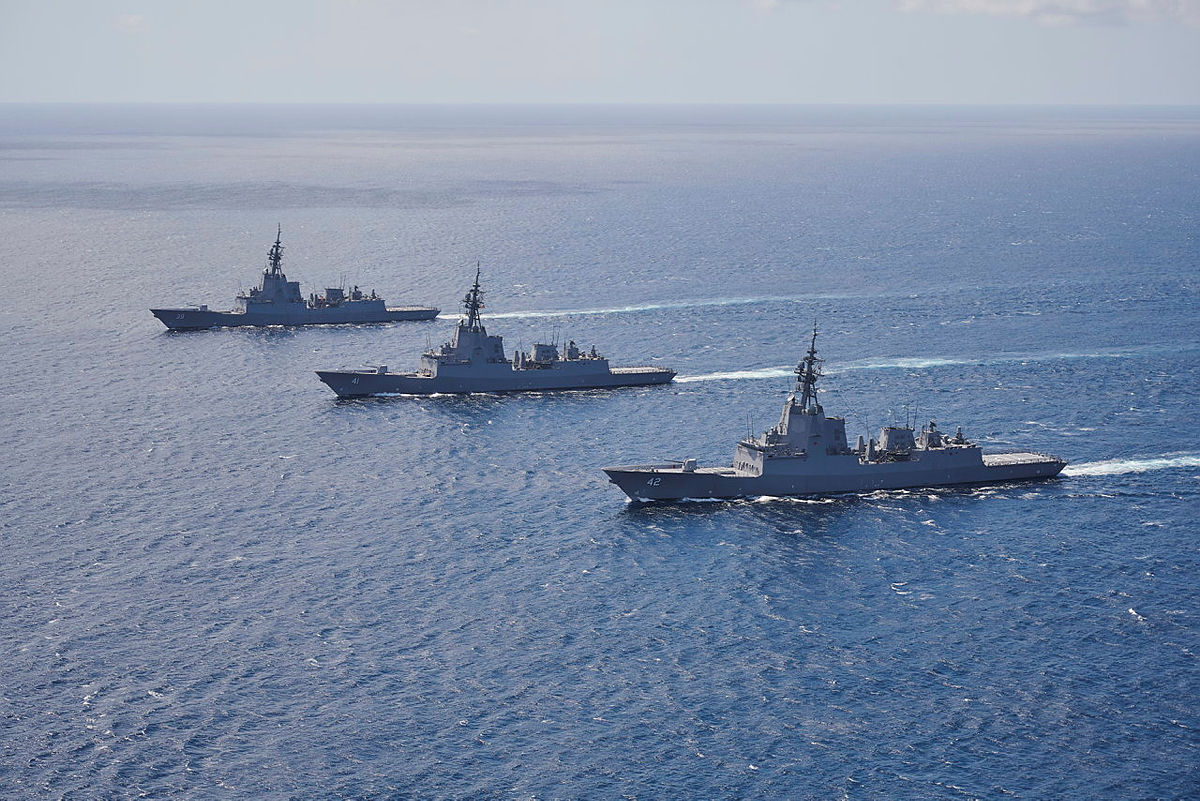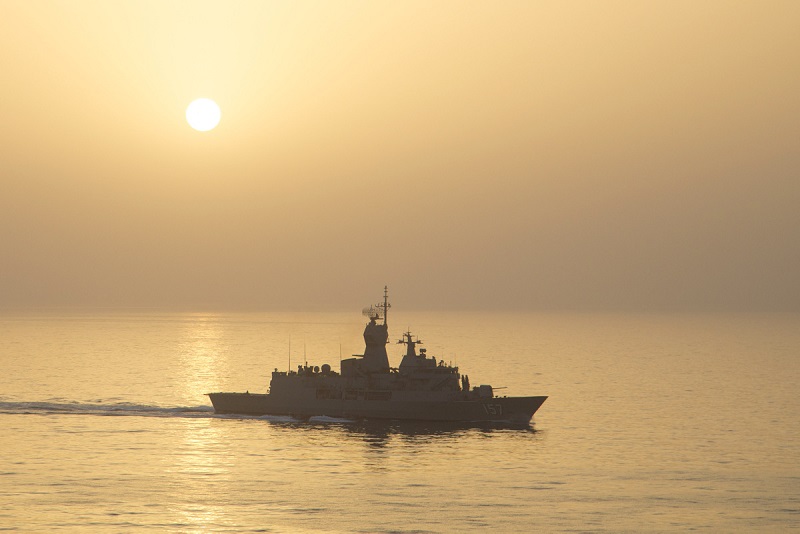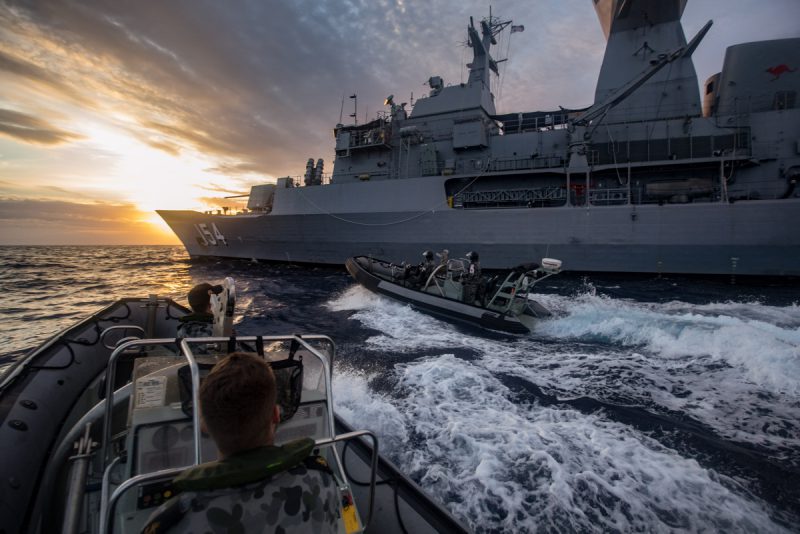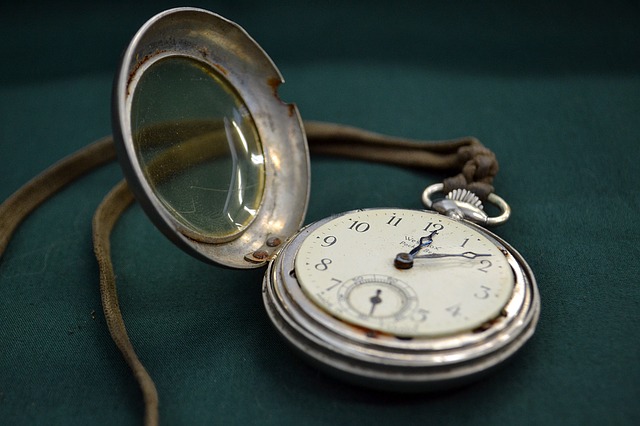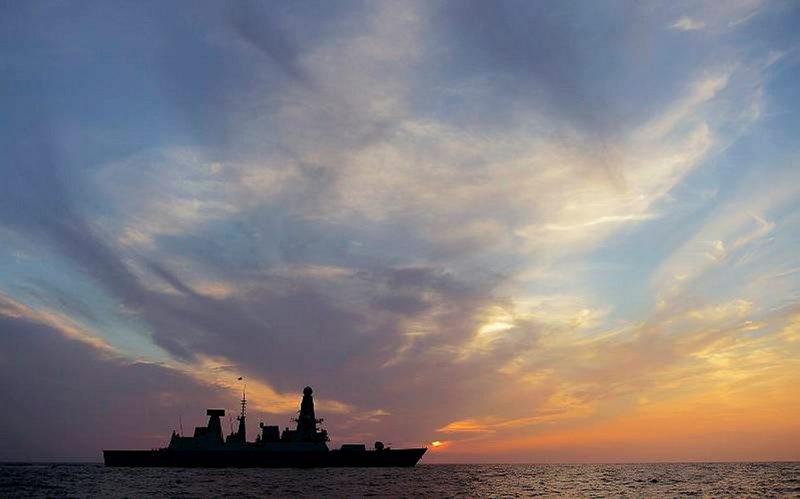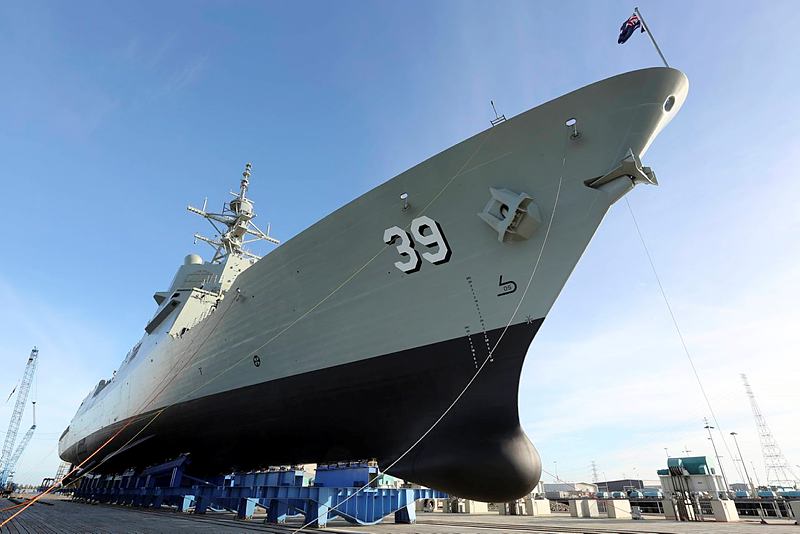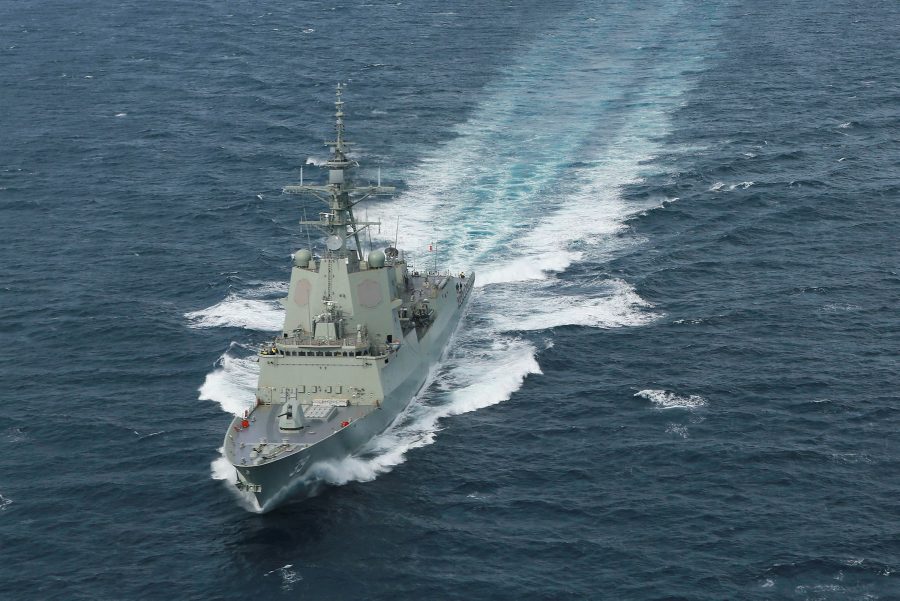
Serious risks are being realised in the Royal Australian Navy’s twin transitions in its surface combatant and submarine fleets. As Australia’s strategic circumstances become more dangerous, Defence needs to adopt hedging measures to actively address the capability risks in its acquisition plans.
The government’s recent announcement regarding the acquisition of nuclear-powered attack submarines (SSNs) is about addressing capability risks in the long term, but with delivery of the first future submarine now delayed probably to the late 2030s, in the short to medium term the proposal exacerbates those risks.
My new ASPI report, released today, details an approach to addressing those risks that will:
- deliver valuable additional maritime capability to the navy significantly earlier than the current plan
- sustain, and indeed grow, the workforce that will be essential to our long-term ship and submarine plans
- develop the industrial ecosystem needed for naval construction in Adelaide and nationally
- provide a timely return on the funding that the Australian government has already planned to invest in naval capability this decade without requiring additional funding.
In order to deliver on the government’s ambitious plans for future shipbuilding capability, the urgent task today is to develop a bridging strategy that delivers short-term capability wins and boosts vital industrial capability. The plan presented in my report does both by offering a viable way forward to an expanded defence capability and industrial base.
Even before the announcement, the mounting delays in the Hunter-class frigate program prompted commentators to suggest building more Hobart-class air warfare destroyers to provide more maritime capability sooner. That concept makes even more sense now.
There’s an urgent need to deliver more maritime combat power before the Hunter and SSN programs deliver. The first Hunter frigate is already delayed to around 2033 and, with the program facing complex integration challenges and vanishing design margins, there are no guarantees that it won’t slip further.
Even when the Hunter starts coming into service, it’s under-gunned for the threat environment of the 2030s: its missile capacity is the most glaring shortfall. With the lethality of anti-ship missiles increasing, its 32 missile cells mean it’s taking a knife to a gunfight. Plus, it’s going to have limited capacity to carry the Tomahawk strike missile, another of the government’s recent announcements. Meanwhile, the navy’s Anzac frigates will have to serve into the 2040s, even though they only have eight missile cells.
The navy needs combat power—and it needs it before the Hunters turn up on the lethargic two-year delivery drumbeat built into the current naval shipbuilding plan.
To deliver that, we need to rebuild the shipbuilding plan. With the cancellation of the Attack-class submarine, the plan to build Australia’s industrial capability is in disarray. Thousands of skilled jobs that were to be created and sustained by that program are indefinitely deferred. However, we can grasp this as an opportunity to deliver military and industrial capability sooner.
We’ve created the foundations of a national naval shipbuilding machine by massive investments in modern, digital shipyards. But under the current plan this enterprise isn’t delivering anything before the mid-2030s besides very lightly armed offshore patrol vessels (OPVs), despite tens of billions of dollars flowing into it this decade. We need to take advantage of this industrial capacity and investment to give the RAN more offensive power well before then.
We need to refocus public debate around shipbuilding towards the original purpose of the shipbuilding enterprise: delivering the maritime capability the navy needs when it needs it to defend Australia. That means adjusting the shipbuilding enterprise’s order book as strategic circumstances demand. The true value of a continuous naval shipbuilding capability is in its ability to switch production between classes and to accelerate builds as necessary.
Rather than locking in particular vessels on a slow and steady drumbeat to guarantee jobs for the grandchildren of current workers, the enterprise needs to protect the Australians currently paying for it. The government’s 2020 defence strategic update says we no longer have at least 10 years of warning time to prepare the Australian Defence Force to participate in major conflict. We simply should not accept that the navy can’t acquire major new combat capabilities over this next 10 years.
There are two parallel near-term shipbuilding approaches, both taking advantage of the production machine that the government has invested in.
ASPI has already discussed the first: building vessels based on the OPV hull but fitted with missile systems and smart autonomous systems—air, surface and undersea. Not every maritime platform needs to be able to do every task and defeat every threat by itself. Breaking this mindset opens new possibilities. An armed version of the OPV that doesn’t pretend to be a multi-role platform but has useful offensive or sensor capabilities looks attractive as a near-term addition to the navy’s lethality that complicates any adversary’s decisions. They won’t be multi-role vessels, which avoids the spiralling complexity and cost we see with the Hunter, but would operate in tailored taskforces with other vessels.
This approach would be part of a broader strategy of making greater investments in the ‘small, smart and cheap’—disaggregated uncrewed or minimally crewed systems that employ autonomous technologies to generate distributed mass and effect.
The second approach—the focus of my report—is the option of building more Hobart-class air warfare destroyers. We’ve already been through the pains and challenges of getting the design right and learning how to build them. While they mightn’t have quite the same anti-submarine warfare capability as the Hunter is intended to have, they’re still very capable anti-submarine platforms. Moreover, their 48 missile cells offer advantages over the Hunter in air defence and strike—and for deploying missiles made in Australia through the emerging guided weapons enterprise. With the design mature and the build process well understood, there’s the realistic prospect of getting a second batch of three Hobarts into service before the Hunter program delivers, the first of them well before the end of the decade.
As with any complex undertaking, there will be challenges, such as managing facilities and workforce between the major shipbuilding programs at Osborne in South Australia and restarting supply chains, but the shipyard was designed to have more capacity than simply producing one frigate every two years. The reason the government retained ownership of the shipyard (and the taxpayers funded its development) was to retain the flexibility to produce different vessels from different designers as required.
Moreover, a new air warfare destroyer program will help generate the ecosystem of skilled tradespeople, designers, engineers, combat systems integrators, project managers and local suppliers that will be needed for the build and sustainment of the future SSNs. It would avoid a cold start to the SSN program and so help mitigate its schedule risks.
For those concerned about what this means for ultimate numbers of Hunter-class frigates, we can be agnostic for now on that issue. But there’s nothing carved in stone that says the magic numbers for the navy’s major surface combatants are three destroyers and nine frigates for a total of 12. In fact, one of the fundamental problems with the current shipbuilding plan is that it locks us into 12 surface combatants until the 2050s—that’s despite the government’s assessment that we’re facing the most demanding strategic period for our country since World War II. Building a second batch of Hobarts would allow us to grow the fleet faster, whatever the final goal may be.
Certainly, major warships such as the air warfare destroyers are expensive, but they’ll be substantially less so than Hunters, in part because they’re significantly smaller and in part because we already know how to build them. Moreover, the $1–2 billion annual spend freed up by the cancellation of the Attack class can be put to good use building maritime and industrial capability. Most importantly, that spend can deliver capability much faster than the Hunter program.
If the national naval shipbuilding enterprise can’t deliver meaningful capability well before 2030, then its entire purpose needs to be reconsidered. Ultimately, delivering actual capability in strategically relevant time frames will address risk as well as rebuild public confidence in the shipbuilding enterprise.



